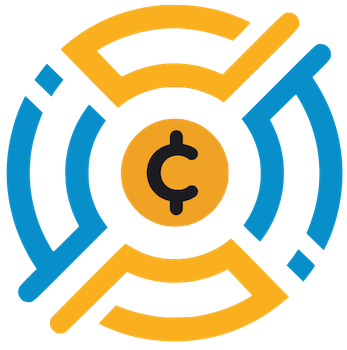In a bold and somewhat controversial maneuver, the Ethereum Foundation has made significant cuts to its research and development team, ostensibly in pursuit of a more agile and effective organization. Announced in a blog post, this decision is not merely a trimming of excess but a calculated strategy aimed at overcoming pressing protocol design challenges that have plagued Ethereum’s scalability and user experience. It’s a risky move; yet, it may prove transformative for a technology at a pivotal moment in its evolution.
This new direction involves a rebranding of the PR&D division to simply “Protocol,” suggesting a more streamlined approach. By shifting focus onto three key areas—scaling the Ethereum base layer, enhancing blob space, and refining user experience—the Foundation has established a clearer framework of priorities. However, one must wonder if this transition alone can compensate for the community’s growing discontent with its pace of progress. The announcement did not specify the dismissed members, leaving their fates ambiguous and casting a shadow of uncertainty over those who remain.
Leadership Accountability and Clear Roles
A noteworthy aspect of this restructured initiative is the emphasis on leadership accountability. With individuals like Tim Beiko and Ansgar Dietrichs at the helm for Layer 1 scaling, and others like Alex Stokes managing Layer 2, the Foundation aims to eradicate the ambiguities that have hindered its operational efficiency. The recent leadership appointments are critical steps in addressing the heightened scrutiny surrounding the Foundation’s strategic clarity. However, one can’t help but question whether placing greater responsibility on new leads will adequately address deeper systemic issues.
Critics have argued for some time that Ethereum’s innovative potential has been stifled due to unclear hierarchies and lacking technical documentation. While the Foundation’s new governance forums and feedback channels are ostensibly designed to support external contributions, it raises the critical question: can the Foundation maintain a standard of excellence with such disruption? True innovation often flourishes in stable environments, and the shake-up may inadvertently diminish the morale and productivity of those still involved.
Community Input: Essential or Overrated?
The reiteration of community involvement in Ethereum’s growth is a double-edged sword. While the Foundation claims it seeks to engage coders, builders, and users alike, there is an inherent risk in relying too much on external feedback when dealing with complex technical challenges. Respecting contributions is vital, but it should not serve as a cloak to deflect responsibility from the executives tasked with steering the ship. The community has made its reservations known, urging the Foundation to tackle scalability, transaction speeds, and developer engagement more vigorously over the past year.
What arises is a paradox of trust: the community’s goodwill towards the Foundation is progressively waning, yet it is that very community that the Foundation looks to for validation and support during this tumultuous restructuring. The establishment of governance forums may provide a sense of inclusion, yet it does not guarantee the actionable insights that lead to effective resolutions. Will the Foundation truly heed this input, or is it content to merely offer the illusion of collaboration?
The Path Forward: Optimism Amid Concerns
The restructuring undoubtedly aims to restore Ethereum’s status amidst fierce competition from other blockchain technologies. Hsiao-Wei Weng, co-executive director, expressed hope that the new structure will empower teams to be more focused and proactive. However, hope alone is not a strategy. There exist substantial hurdles in clarifying responsibilities and improving transparency around upgrade timelines. Previous missteps and mismanagement should serve as cautionary tales; without transparent accountability, Ethereum may just find itself entrenched in a cycle of misguided priorities and a fractured developer ecosystem.
This moment is undeniably critical; Ethereum stands on the brink of either rejuvenation or further decline. The foundation must tread carefully, navigating both internal challenges and external criticisms. If adequately executed, the restructuring might just ignite a renewed fervor within the Ethereum community and reestablish its vitally needed leadership role. But for this to happen, it cannot simply offer lip service; it must display actionable change to ensure the project’s longevity and effectiveness in achieving its ambitious technological goals.
















